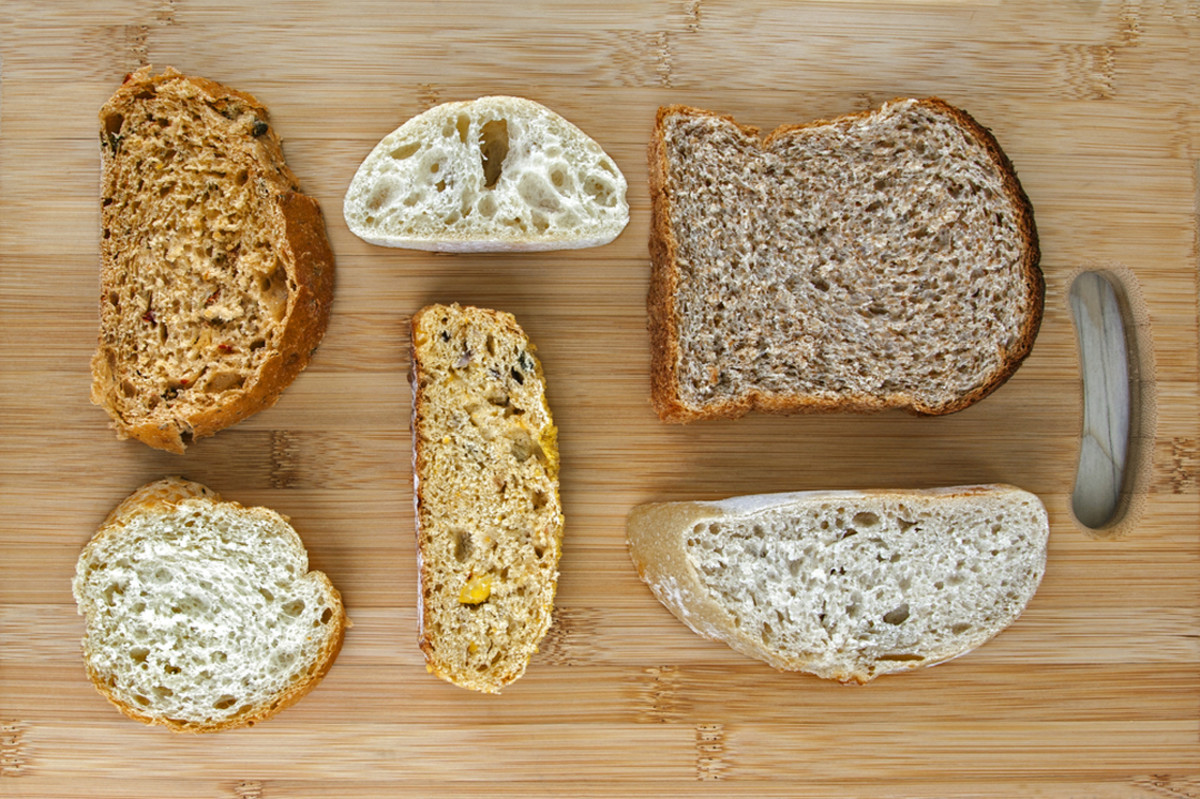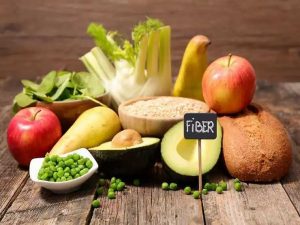For any kid who grew up eating doughy, thick Wonder Bread for lunch, the encouragement by dietitians and nutritionists to switch to whole wheat bread can be a tough transition.
Bread, like any other part of our diet, is an acquired taste. Starting out early helps since children are much more adaptable to accepting foods than adults. This does not mean that children LIKE as many foods as adults – children are renowned picky eaters. But if you only expose them to healthy, whole grain foods they won’t have the opportunity to develop a taste for white bread or other non-nutritious foods.
Adults, however, must learn to change their diet preferences because of knowledge. Understanding why whole wheat is superior to white bread can help you feel good about the compromise and encourage you to make it the standard for your children. Who knows – you may even like it!
WHAT IS THE DIFFERENCE?
The two biggest differences between white bread and whole wheat are the processing and the nutritional value.
Flour is made from wheat berries. The wheat berry is made up of the bran, the germ and the endosperm. All parts are filled with nutrients and are used in whole wheat flour.
White bread on the other hand, uses only the endosperm – the starchy inner layer. There is a total of 30 nutrients missing in white bread. The nutritional difference is immense and has measurable impact on our health.
WHAT IS THE IMPACT OF SWITCHING?
The fiber content of whole wheat bread has several health benefits.
Fiber helps the digestive system. It also creates a ‘full’ sensation and thus can help with weight control. Research has been conducted by Harvard and other organizations that shows men and women who eat high-fiber foods have less heart attacks and strokes than those who don’t.
There is also an increased risk of diabetes in children who eat refined white flour – a risk that has been proven by the increase in cases of childhood diabetes.
WHAT DO I LOOK FOR?
Watch out for words like ‘wheat flour’ or ‘enriched wheat flour’ as they can be mostly made from white flour with just a small amount of whole wheat added in.
Look for ‘whole wheat’ or other whole grains, like oat. And don’t be mislead by the name of the product. Names like wheat, whole bran, stoned wheat, 12 grain and others are still mostly white flour. The only way to know for sure is to read the label.












Be First to Comment